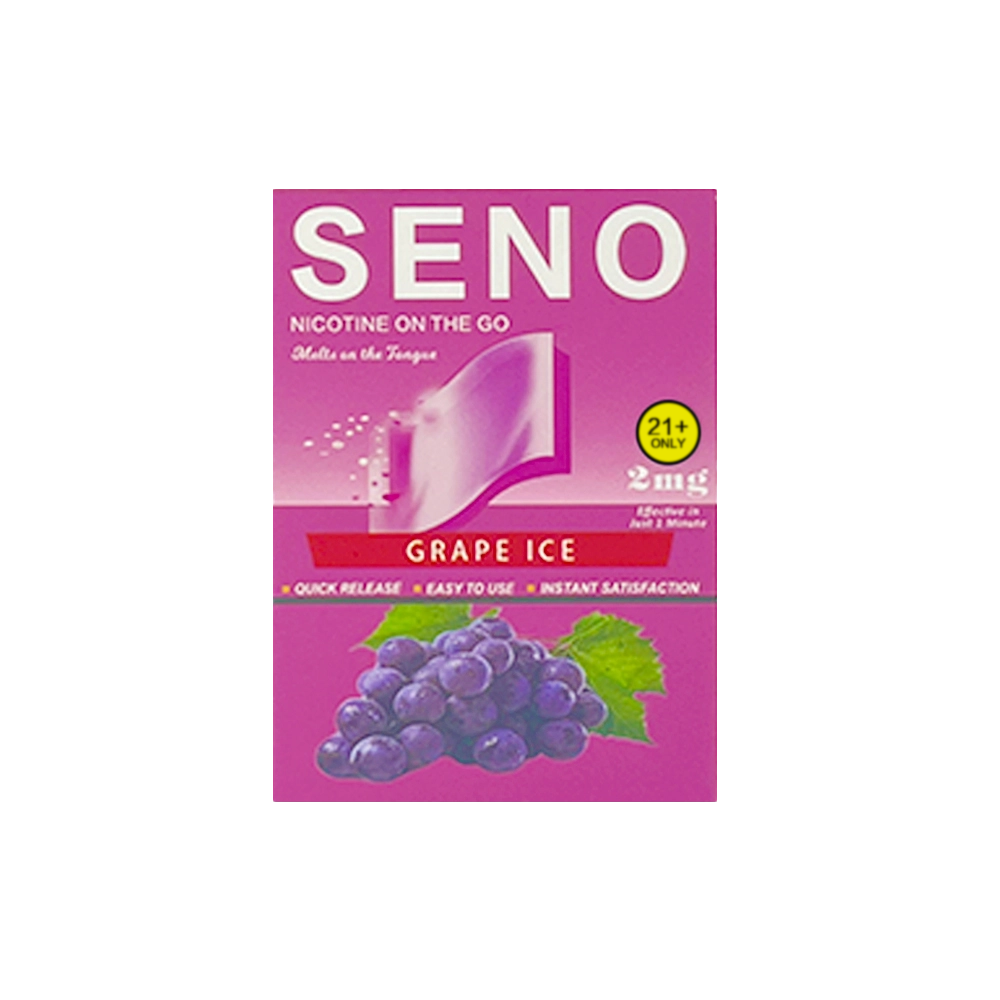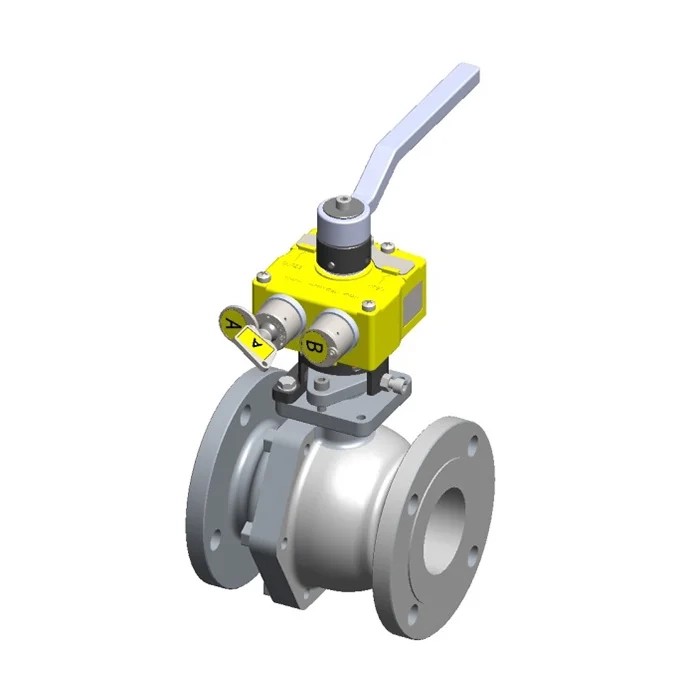In industrial fermentation, efficiency is not achieved by speed alone — it’s a balance of design precision, process control, and equipment adaptability. Whether you operate a brewery, pharmaceutical line, or food production facility, your choice of variable capacity fermentation tank will directly shape your production stability, hygiene control, and long-term profitability.
Drawing from the global engineering experience of HAISHUN, a professional stainless steel tank manufacturer serving brewing, chemical, cosmetic, pharmaceutical, and food & beverage industries, this guide delivers actionable insights on how to select a tank that meets the highest standards of efficiency and flexibility.
1. Prioritize Structural Integrity and Material Selection
In variable capacity fermentation, stainless steel grade and structural finish define the tank’s hygiene level, corrosion resistance, and maintenance cycle.
A professional-grade tank should be made from SUS304 or SUS316L stainless steel — the latter especially for pharmaceutical or acidic environments.
HAISHUN’s manufacturing process ensures:
-
Mirror-polished internal surfaces (Ra ≤ 0.4μm) to prevent residue buildup and biofilm formation
-
Seamless TIG welding for long-term sanitary integrity
-
Passivated surfaces to enhance corrosion resistance under continuous CIP cycles
This level of craftsmanship reduces cleaning downtime and extends tank life — two major efficiency drivers often overlooked during procurement.
2. Evaluate Lid Precision and Seal Efficiency
The floating lid mechanism is the heart of any variable capacity system.
Its engineering quality determines whether the tank truly maintains an oxygen-free environment across different fill levels.
An efficient design should include:
-
Precision-machined floating lids for airtight adjustment
-
Food-grade silicone or EPDM gaskets resistant to chemical and thermal stress
-
Easy manual or hydraulic lift systems for quick repositioning
-
Vacuum-sealed lid pressure valves to prevent oxidation or contamination
At HAISHUN, lid sealing components are tested under dynamic conditions to ensure consistent integrity — even when batch sizes fluctuate dramatically.
A perfectly sealed system directly improves fermentation uniformity and reduces product loss due to oxidation or contamination.
3. Design for Thermal Stability and Temperature Control
Fermentation efficiency depends heavily on precise temperature regulation.
A variable capacity tank must handle both microbial metabolism sensitivity and energy efficiency demands.
Professional-grade configurations include:
-
Dual-layer insulated walls with polyurethane foam or rock wool insulation
-
Dimple jackets or full glycol cooling systems for temperature uniformity
-
Integrated thermowells and sensors for real-time monitoring
-
Automation-ready temperature control panels (PLC compatible)
HAISHUN integrates European thermal management technology to ensure that heat exchange efficiency meets industrial brewing and biotech standards.
This not only reduces power consumption but also safeguards consistent fermentation results across every batch.
4. Consider Internal Geometry and Mixing Dynamics
The tank’s geometry and internal flow pattern influence the rate of fermentation, sedimentation, and product homogeneity.
When evaluating designs, consider:
-
Conical bottom angles (60° or customized) for optimal yeast and solid discharge
-
Agitator or impeller design suited to viscosity and oxygen demand
-
Smooth internal curvature to prevent dead zones or foam accumulation
HAISHUN employs CFD (Computational Fluid Dynamics) simulations to optimize internal structure and achieve efficient mass transfer.
For cosmetic or pharmaceutical fermentations, optional low-shear agitators are used to preserve active ingredients’ biofunctionality.
5. Assess Process Flexibility and Batch Adaptability
The true value of a variable capacity tank lies in its ability to accommodate different production scales without equipment redundancy.
This is particularly crucial for facilities running pilot-scale experiments, seasonal products, or multi-product lines.
Key factors to verify:
-
Adjustable working volume range — ideally 40–100% of total tank volume
-
Interchangeable accessories such as sampling valves, manways, and pressure gauges
-
Compatibility with upstream/downstream systems (mixing, storage, filtration)
HAISHUN designs modular tank systems that integrate easily with CIP units, transfer pumps, and automated bottling or filling lines.
This modularity allows manufacturers to scale production or switch recipes with minimal changeover time — a crucial advantage in competitive industries.
6. Hygiene, Cleaning, and Maintenance Efficiency
Efficiency isn’t only about fermentation cycles; it’s also about how quickly and safely a tank can be cleaned and prepared for the next batch.
A high-performance system must include:
-
Fully automated CIP/SIP cleaning ports
-
Rotating spray balls with 360° coverage
-
Drainage-optimized conical bottoms
-
Smooth welds and sanitary tri-clamp fittings
HAISHUN’s fermentation tanks are designed according to GMP and FDA standards, ensuring sterile operation with minimal downtime.
This reduces detergent consumption and cleaning water use — both major hidden costs in large-scale production.
7. Integration with Automation and Control Systems
Modern factories require data-driven process management.
A truly efficient fermentation tank must integrate seamlessly with SCADA or PLC automation systems for:
-
Real-time monitoring of pressure, temperature, and pH
-
Automated agitation and cooling cycles
-
Alarm systems for deviation alerts
-
Data logging for batch traceability
HAISHUN’s tanks can be equipped with digital instrumentation and IoT-ready sensors, giving operators full visibility and control of fermentation performance.
Such automation not only improves precision but also ensures compliance with strict industry audit requirements.
8. Safety and Pressure Handling
In many processes — especially brewing, biotech, and food fermentation — maintaining the correct internal pressure is essential for both quality and safety.
Your tank should comply with relevant ASME or PED pressure vessel standards.
HAISHUN ensures:
-
Certified pressure relief valves and rupture discs
-
Level and pressure indicators with alarm feedback
-
Sight glass assemblies for process observation
-
Safety interlocks for lid and manway access during pressurized operation
These features protect operators and prevent contamination or accidental product loss, aligning with international manufacturing safety codes.
9. Supplier Competence and After-Sales Support
A variable capacity fermentation tank is not a simple product — it’s a critical process component.
Hence, supplier capability and service are as important as hardware quality.
When evaluating suppliers, check:
-
Manufacturing standards (ISO, CE, ASME, GMP compliance)
-
Material traceability and QC documentation
-
On-site installation, commissioning, and training services
-
After-sales technical support and spare part availability
HAISHUN provides end-to-end project support — from system design to commissioning — ensuring that clients can maintain production continuity with zero technical downtime.
Our engineers also provide remote diagnostics and maintenance planning assistance for international clients.
10. Cost vs. Long-Term ROI
While cost is a key decision factor, efficiency-focused buyers should evaluate total cost of ownership (TCO) rather than initial purchase price.
A low-cost tank often brings hidden expenses in:
-
Frequent maintenance or seal replacements
-
Lower hygiene compliance and product loss
-
Downtime during cleaning or adjustment
-
Poor energy efficiency
By contrast, HAISHUN’s precision-engineered tanks deliver higher ROI through:
-
Longer lifespan under continuous operation
-
Reduced cleaning and energy costs
-
Consistent, contamination-free yields
-
Flexible batch operations for multiple product lines
Over 5–10 years, such savings far outweigh initial cost differences — making high-quality tanks a smarter capital investment.
11. Sustainability and Future-Ready Design
Modern industries are moving toward eco-conscious manufacturing and process sustainability.
Fermentation systems are no exception.
HAISHUN supports this shift through:
-
Energy-efficient jacket designs to reduce heat loss
-
Recyclable stainless steel materials for long-term sustainability
-
Water-saving CIP systems
-
Smart automation integration for real-time process optimization
By combining engineering precision with environmental responsibility, HAISHUN helps global partners align with ESG goals and green manufacturing standards.
12. Final Expert Recommendations
When choosing a variable capacity fermentation tank for optimal efficiency, remember:
-
Material quality, sealing performance, and thermal control define the tank’s technical foundation.
-
Automation, hygiene design, and adaptability drive long-term operational efficiency.
-
Manufacturer expertise ensures reliability and compliance with international standards.
Partnering with a proven manufacturer like HAISHUN means investing in performance, consistency, and peace of mind — backed by decades of stainless steel engineering excellence.
Conclusion: Build Efficiency Through Smart Engineering
Efficiency is engineered, not improvised.
The right variable capacity fermentation tank will not only enhance batch flexibility but also strengthen your entire production ecosystem — from energy optimization to product consistency.
With HAISHUN’s European-inspired designs, strict bio-pharmaceutical manufacturing standards, and customization capabilities, global clients gain access to durable, efficient, and compliant fermentation solutions tailored to their production realities.
If you’re ready to optimize your production line with world-class stainless steel technology —
Contact HAISHUN today to discuss your project and discover a smarter way to ferment, produce, and grow.
https://www.haishunmachinery.com/
HANGZHOU HAISHUN MACHINERY Co., Ltd







+ There are no comments
Add yours